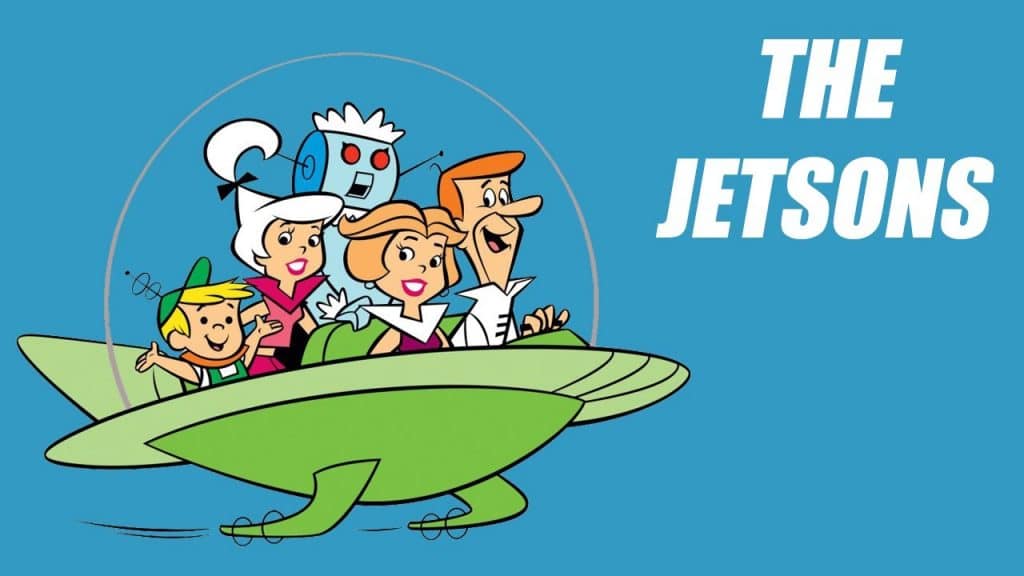The reality is that we are already on the cusp of flying cars.
Written By Andrew Tetlow, Director of Architecture
The Future of Infrastructure

Whenever the future of infrastructure is mentioned, my mind immediately brings up visions of the 1950s flying cars, but of course, infrastructure is much broader than personal transport and touches the lives of everybody from the moment they turn on the tap in the morning to make that essential cup of coffee, to jetting across the globe on holiday for that once in a lifetime adventure. It is a formidable topic to tackle in a short piece, so let us start by looking at how things might be in the short-term, post-COVID-19. The reality is that we are already on the cusp of flying cars. In January last year, Hyundai unveiled its electric vertical take-off and landing taxi in partnership with Uber, who have plans to invest $1.5 billion over the next five years. The future has arrived, but I suspect it will take some time to roll out.
Short Term (Post COVID-19)
Fewer people are travelling to work on their daily commute and fewer people travelling to attend face to face meetings, as well as ever-decreasing numbers of people physically going to shops. The exception to this rule is local shops, which have a new customer base courtesy of the many millions of more people that are now working from home every day. For residential areas, utilities (water, gas, electricity and telephone) had increased demand through the Co-Vid period which has been maintained, whereas the CBD (central business district) utility usage has decreased as offices remain open but with reduced numbers of staff. Homeowners have started to look more seriously at how they can reduce their energy expenditure, taking advantage of green grants and exploring the possibilities of home energy generation.
Medium Term (by 2030)
In the short-term many office workers continue to have the flexibility to attend work on the weekdays they prefer, with Monday and Friday being least popular. Whilst in the medium term many companies take less office space and seek to stagger WFH (work from home) and WFO (work from office) days to maximise desk usage, reduce overcrowding on the travel networks and also counter the ghost town effect that many offices suffer from on a Friday. The clogged road networks that were initially freed up by reduced demand for travelling to retail destinations and people WFH have become increasingly clogged by autonomous on-demand deliveries and taxis. Footpaths are used by autonomous robots for local deliveries such as medicines and small quantities of grocery shopping, which is a never-ending source of fun for children and the inebriated.
Car ownership has decreased as most residential roads have a selection of different autonomous electric vehicles to take people to their destinations. Because of a change in the law with a presumption of guilt towards motor vehicles in an accident with a bicycle, Londoner’s psyche towards cycling changed from needing a specialist bike and lashings of Lycra to something similar to what you might expect to see in Holland, where on mass people hop on generic-looking bikes with whatever they are wearing and cycle along in a critical mass, to their destination. Wildflower verges often separate cyclists and other road users, acting like green arteries spreading out of the city whilst providing a varied and colourful environment for butterflies, bees and bats. Electric mini scooters became regulated and legal to use on our roads in 2022, providing many people with fast and cost-effective daily travel into and around the city, relieving more strain on the rush hour train network, however, their sometimes erratic movements cause chaos around autonomous vehicles.
Most houses have become mini power stations, generating their own electricity for use during the day for lighting, cooking, tech and heating, with excess energy being stored in batteries at the property for use at a later date, perhaps to charge a car or scooter, or sold back to the grid. Gas central heating was banned in 2025 in new build homes leading to a huge increase in air and ground source heat pumps and a subsequent drop in price for the technology.
Long term (by 2050)
With the country now carbon neutral and veganism up at 30% of the population, the country looks and behaves very differently than it did in the 2020s. The hyperloop between London and Edinburgh started construction in 2045 (completing in 2050) cutting the journey time down from 4.5 hours to 30 minutes but this speedy form of transport is not yet for the masses. Think of it more like the concord of its day.
With advances in computing and internet technology, the journey to work and from work (for a lot of people) is not as we would have known it in the 2020s. After the pandemic, the global trend towards urbanisation slowed for the older and more established generations, who felt less of a need for the buzz that a big city like London offers and they wanted bigger properties and a better connection with nature. A trend that happened before the pandemic but was hugely accelerated by the technology that was piloted during the pandemic.
In 2030 the UK started converting its natural gas network to hydrogen, providing a zero-carbon alternative to buildings using heat pumps, (completed in 2045), allowing the use of adapted gas boilers and cooking equipment on the network with only water as a by-product. In 2035 the UK started to roll out fleets of hydrogen-powered trains for the non-electrified part of the network, as a replacement for diesel engines.
Individual buildings have been well insulated and powered by renewable energy for some time. The concentration in recent years has been around the reduction in water usage and recycling of water. Grey water is collected and reused on most buildings for flushing toilets and watering plants.
We now live a life that is in harmony with nature. This is not a return to “The Good Life” but a partnership with the past and the future, which embraces technology where it can bring advantages to society and the environment. The future will be bright if we make it so.
Do not let today’s actions destroy tomorrow!
To download this paper as a PDF, click here.




